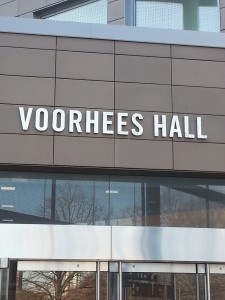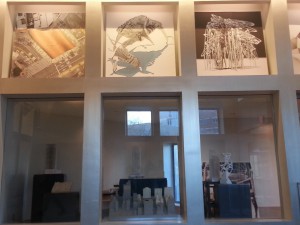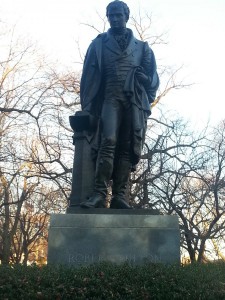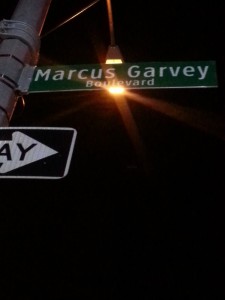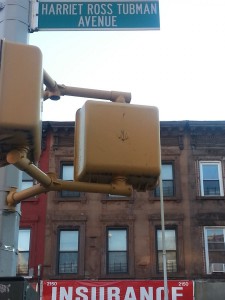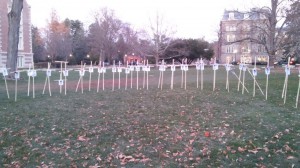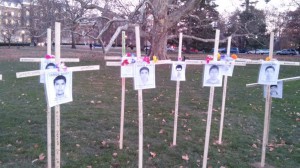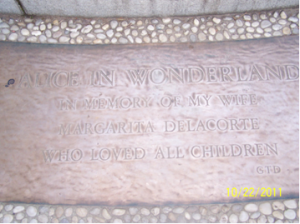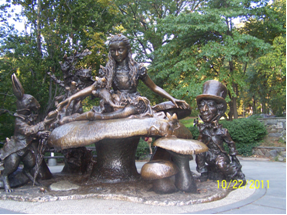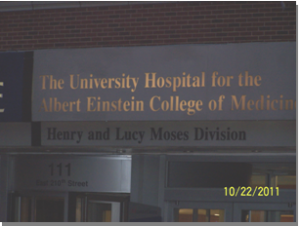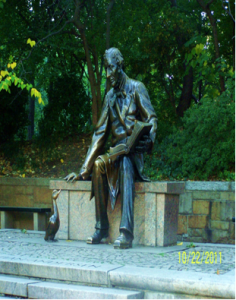George Wibrowski
Estates Class
Extra Credit
The statue of Pope John Paul II. stands outside of St. Stanislaus Bishop and Martyr Parish – A parish of the Roman – Catholic diocese. This church serves as a place of worship mainly for catholics, though all are welcome.
St. Stanislaus Bishop and Martyr Parish
88-10 102nd Ave.
Ozone Park, N.Y. 11416
At the bottom of the statute it says: Bog Jest Miloscia, which means God Is Love.
This church commemorates the life of Pope John Paul II with a statute in front of it. Pope John Paul II lived from 5/18/20 – 4/2/05 and was the Pope and head of the Roman Catholic Church from 10-16-78 – 4/2/05.
Born, Karol Jozef Wojtyła, the late Pope John Paul II, was someone who played a major role in bringing about immense change throughout the world. Some major things which he helped to accomplish were; bringing more awareness to wrong actions done by the roman catholic church and pleading for forgiveness for those same wrong acts done by others of the said church.
By letting his feelings be known on various issues, he helped to put an end to oppressive forms of government such as communism in Europe and helped to bring about awareness to the great importance and under-appreciation of women not only presently, but throughout history.
He also let the world know that we must encourage our world’s youth because they are our future and need to be well-rounded to be able to handle our world’s future issues. Eventually, due to his efforts, a World Youth Day was established. During the gatherings of youth which the pope had initiated, the Pope let youth of the world know that he was confident in them and encouraged them to be themselves and to do their best in life.
During his papacy, Pope John Paul II, traveled extensively and made great efforts toward reaching out to as many people as he could because above everything else he wanted to be close to the people and send the message of faith, love, hope respect and equality amongst all people.
He made a valiant effort to strengthen relations with people of different religions such as with those of Jewish, Islamic, Buddhist and mostly all other faiths. He spread the message of forgiveness, when he forgave the person who shot him four times, nearly killing him back in 1981.
Pope John Paul II spoke 12 languages and used nine of those languages when he traveled thoroughly. He was a remarkable man who pushed for peace and equality worldwide, yet not being afraid to voice his disapproval when the church did something he did not approve of. For those reasons and others he was an effective and unmatched leader in our world’s history.
Sources:
https://www.google.com/?gws_rd=ssl#q=what+faith+do+muslim%27s+practice
https://www.youtube.com/watch?v=5t2nAJ1BNe4
http://en.wikipedia.org/wiki/Pope_John_Paul_II.
http://worldyouthday.com/about-wyd/wyd-history
http://mentalfloss.com/article/27747/what-pope-john-paul-ii-did-bullet-nearly-killed-himl



